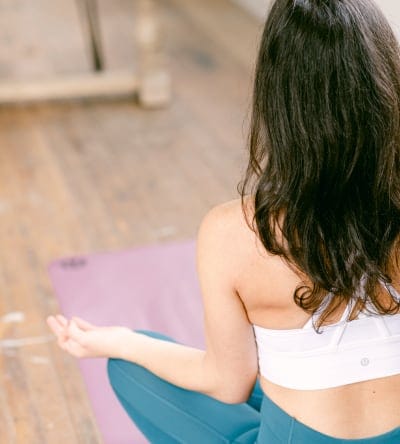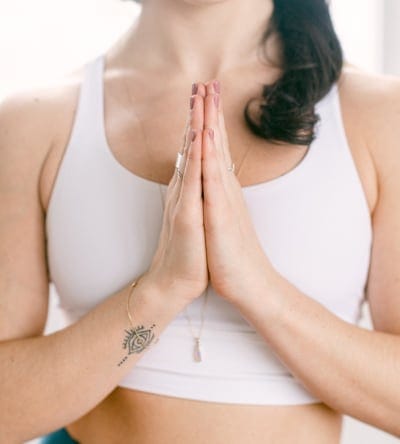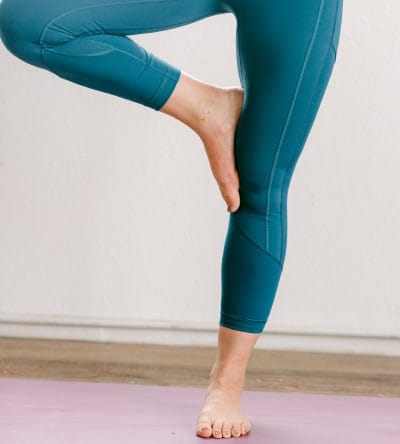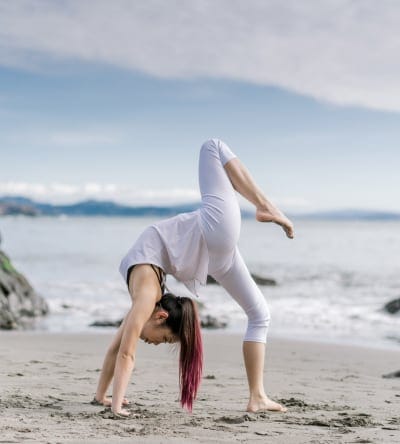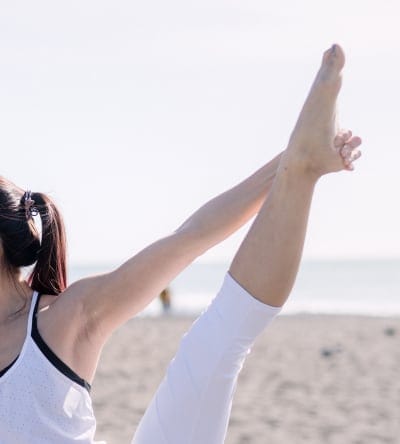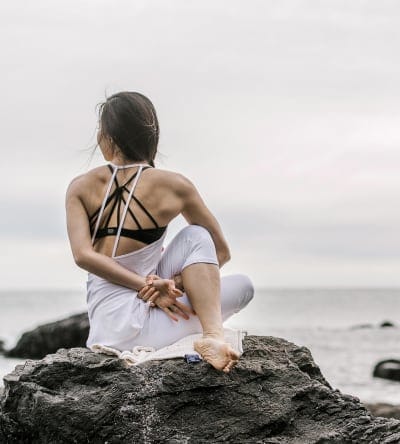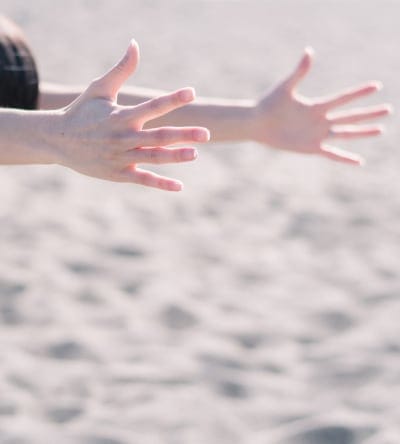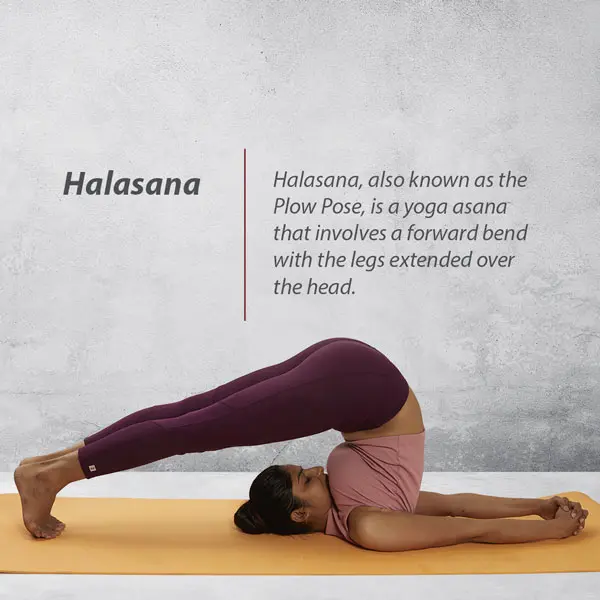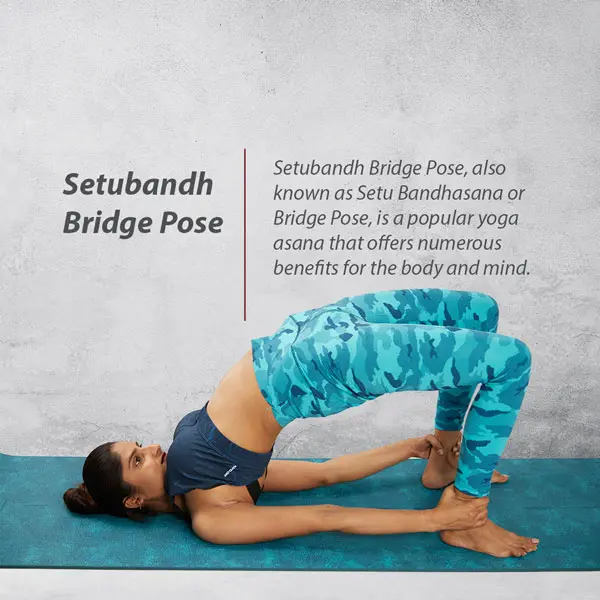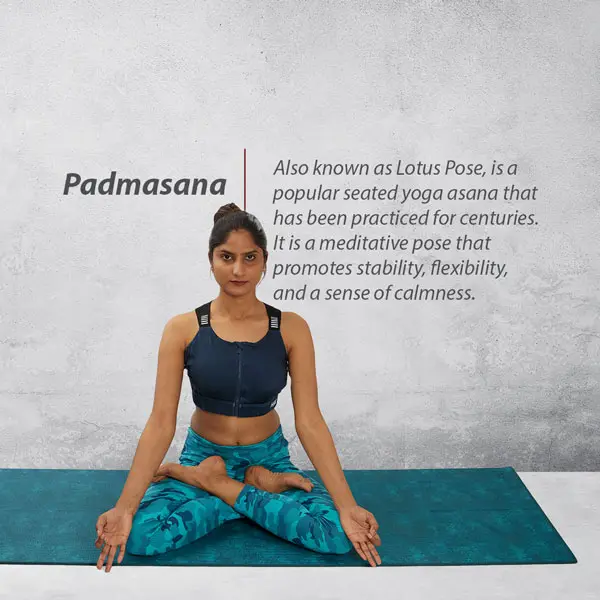Markatasana (Monkey Spinal Twist Pose): Benefits, How to guide, Precautions
(Sanskrit: मार्कटासन)
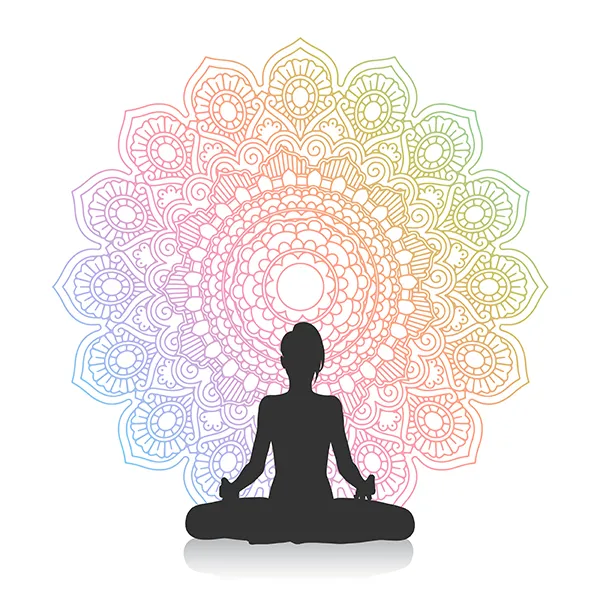
Introduction to Markatasana (Monkey Spinal Twist Pose), it’s Benefits and other yoga health benefits
Markatasana, commonly known as the Crocodile / Spinal Twist Pose, is a rejuvenating yoga posture renowned for its remarkable benefits for spinal health and flexibility. This asana, a staple in many yoga routines, is named after the Sanskrit word ‘Markata’ meaning monkey, reflecting the agility and flexibility it imparts to practitioners. The pose involves a supine twist that stretches and strengthens the spine, making it an excellent choice for those looking to alleviate back pain and improve posture.
The Spinal Twist Pose is particularly beneficial for enhancing digestive health and boosting metabolism. By gently compressing the abdominal organs, Markatasana stimulates digestion and helps in detoxifying the body. This twisting motion also encourages a healthy flow of blood and nutrients to the spinal nerves, improving overall spinal health. Its ability to reduce stress and calm the mind makes it a favorite among yoga enthusiasts of all levels.
Incorporating Markatasana into your yoga practice offers a multitude of benefits. It not only improves spinal flexibility and strengthens the back muscles but also promotes better digestion, stress relief, and a sense of overall well-being. Suitable for beginners and experienced yogis alike, this pose can be easily modified to suit individual flexibility levels. Embrace the therapeutic effects of the Spinal Twist Pose and experience enhanced physical and mental harmony.
Comparison between Ardh Makarasana and Makarasana
Ardh Makarasana and Makarasana are two distinct yoga poses, each with their unique attributes. Here’s a comparison of these poses in a tabular format:
Remember, while both poses are restorative and suitable for most practitioners, it’s important to listen to your body and modify or skip poses as needed, especially if you have any existing health concerns or injuries.
Step-by-step Video Guide to Markatasana (Monkey Spinal Twist Pose)
Note: It’s important to listen to your body and not force yourself into any pose. If you have any medical concerns or pre-existing conditions, it’s advisable to consult with a healthcare professional before attempting new exercises or yoga asanas.
Markatasana Yoga Asana step by step pose instructions:
Markatasana, or the Spinal Twist Pose, is a gentle yet effective yoga posture ideal for improving spinal flexibility and relieving tension. Here’s a step-by-step guide to help you practice this pose correctly:
Step 1
Step 2
Leg Positioning: Bend your knees and bring your feet flat on the mat, hip-width apart. Ensure that your feet and knees are aligned.
Step 3
Initial Twist: While exhaling, gently lower your knees to the right side, keeping them bent. Turn your head to the left, ensuring that your shoulders remain flat on the mat. This creates a twist in your spine.
Step 4
Deepening the Pose: To deepen the twist, you can place your right hand on your left knee to apply gentle pressure, enhancing the spinal twist. Ensure that the movement is gentle and does not cause any strain.
Step 5
Breath and Hold: Hold this position for several breaths, focusing on deepening the twist with each exhalation. Stay in this pose for about 30 seconds to a minute, or as long as it feels comfortable.
Step 6
Returning to Center: Inhale and slowly bring your knees and head back to the center.
Step 7
Repeating on the Other Side: Repeat the same steps on the opposite side by dropping your knees to the left and turning your head to the right.
Step 8
Final Relaxation: After completing the twists on both sides, return to the starting position. Lie flat for a few moments to let your spine neutralize and relax.
Remember, regular practice of Markatasana can greatly improve spinal flexibility, aid in digestion, and provide a sense of relaxation. Always begin your yoga practice with a warm-up and consult a yoga instructor if you’re new to yoga or have any specific health concerns.
10 Benefits of Markatasana (Monkey Spinal Twist Pose)
Markatasana, or the Spinal Twist Pose, offers a range of benefits for overall well-being, both physically and mentally:
- Improves Spinal Flexibility: Regular practice of this pose enhances the flexibility of the spine. It helps in the release of tension from the back muscles, making the spine more supple and less prone to injuries.
- Relieves Back Pain: By gently stretching the spinal muscles, Markatasana can alleviate discomfort in the lower back, upper back, and neck. It’s particularly beneficial for those who spend long hours sitting or have a sedentary lifestyle.
- Stimulates Digestive System: The twisting action of this pose massages the abdominal organs, improving digestion and aiding in the relief of constipation. It also helps in detoxifying the internal organs.
- Enhances Blood Circulation: The twist in the torso stimulates blood circulation throughout the spine and abdominal organs, enhancing the oxygen and nutrient supply to these areas.
- Reduces Stress and Anxiety: The gentle twisting and stretching in Markatasana have a calming effect on the mind, helping to reduce stress and anxiety. It promotes relaxation and mental clarity.
- Strengthens Muscles: This pose strengthens the muscles of the back, abdomen, and hips, contributing to better posture and core stability.
- Improves Body Awareness: Practicing this pose enhances proprioception (the sense of body position), which improves balance and coordination.
- Eases Menstrual Discomfort: For women, regular practice of this pose can help alleviate the symptoms of menstruation, such as cramps and bloating, due to its relaxing effect on the abdominal muscles.
- Boosts Energy Levels: By releasing tension and improving circulation, Markatasana can lead to a feeling of rejuvenation and increased energy levels.
- Improves Breathing: The twist in the torso opens up the chest and shoulders, which can improve breathing capacity and is beneficial for those with respiratory issues.
Remember, while Markatasana offers many benefits, it’s important to practice it correctly to avoid any strain or injury. Beginners should approach this pose gently and consider seeking guidance from a qualified yoga instructor. As with any exercise, listen to your body’s signals and modify the pose as needed for your comfort and safety.
Modifications and Variations of Markatasana (Monkey Spinal Twist Pose)
Modifications and variations of Markatasana (Monkey Spinal Twist Pose) can help to accommodate different skill levels, body types, and specific needs. Here are some ways to adapt this pose:
- Knee Support for Gentler Twist: Place a cushion or folded blanket between your knees or under your bottom knee when you twist. This modification is helpful for those with tight hips or lower back pain, as it reduces the intensity of the twist.
- Single Leg Variation: Instead of twisting both legs to one side, extend one leg straight on the mat while you twist the other leg across your body. This version can be less intense and is a good option for beginners or those with limited mobility.
- Chair Markatasana: For those who find it challenging to get down on the floor, you can perform a seated spinal twist in a chair. Sit sideways on the chair and twist your torso towards the back of the chair, holding onto the chair back for support.
- Using a Yoga Strap: If keeping your legs together during the twist is challenging, you can use a yoga strap. Wrap the strap around your thighs just above your knees to help keep your legs together as you twist to each side.
- Elevated Upper Body: If you have acid reflux or breathing issues, elevate your upper body by placing a bolster or folded blankets under your back, from the waist upwards. This can make the twist more comfortable.
- Supine Hand-to-Foot Variation: For a deeper twist and stretch, while your knees are to one side, reach for your opposite foot with your hand. This intensifies the stretch but should be approached with caution.
- Twist with Extended Arms: To add a shoulder stretch, extend your arms out in line with your shoulders and turn your palms to face upwards. This variation enhances the shoulder and upper back stretch.
- Dynamic Markatasana: For a dynamic variation, gently and slowly swing your knees from side to side, synchronizing the movement with your breath. This can be a gentle warm-up for the spine before holding the static twist.
- Advanced Deep Twist: More experienced practitioners can deepen the twist by bringing the knees closer to the opposite arm, or even holding the outer foot for an even deeper stretch.
- Focused Breathing: No matter the variation, focus on your breathing. Inhale when you come to the center and exhale as you twist, to deepen the relaxation aspect of the pose.
Always remember to listen to your body and choose modifications that suit your current level of flexibility and strength. It’s important to avoid any strain, especially on the back and neck. If you’re new to yoga or have specific health concerns, it’s advisable to consult with a yoga instructor for personalized guidance.
Precautions to consider while performing Markatasana (Monkey Spinal Twist Pose):
While Markatasana (Spinal Twist Pose) offers numerous benefits, it’s important to practice it with caution to avoid any potential risks or injuries. Here are some key precautions to keep in mind:
- Avoid in Case of Recent Surgery: If you have had recent surgery, especially in the abdomen, spine, or hips, you should avoid this pose until fully recovered and cleared by your healthcare provider.
- Be Cautious with Spinal Issues: Individuals with severe spinal problems, such as a herniated disc, should practice this pose only under the guidance of a professional and with medical approval.
- Pregnancy Considerations: Pregnant women, especially in their second and third trimesters, should avoid deep twists. Modify the pose or use a gentler version under the guidance of a qualified prenatal yoga instructor.
- Mind Hip and Knee Injuries: If you have hip or knee injuries, be extra careful. Use cushions or pads for support and do not force any movement that causes pain.
- Take Care with High Blood Pressure or Heart Problems: Those with high blood pressure or heart conditions should practice gentle twists and avoid holding the pose for too long. Consult your doctor before starting any new exercise regimen.
- Limit Strain on Neck and Shoulders: Do not overstrain your neck or shoulders in the pose. Keep your shoulders relaxed and on the floor, and turn your head only as far as is comfortable.
- Listen to Your Body: This is crucial in all yoga practices. Do not push your body into pain or discomfort. If you feel any sharp pain, gently come out of the pose.
- Avoid During Menstrual Period: Some women prefer to avoid intense abdominal twists during menstruation. Listen to your body and modify or skip the pose as needed.
- Start Slowly: If you’re new to yoga or this particular pose, start slowly and increase the depth of the twist gradually.
- Warm-Up Properly: Engage in a proper warm-up to prepare your muscles and joints before attempting Markatasana, especially if you are doing it as part of a longer yoga session.
- Post-Pose Care: After completing the pose, spend a few moments in a neutral position, like lying flat on your back, to let your spine neutralize.
Remember, each body is unique, so what works for one person may not be suitable for another. Always respect your body’s limits and consider consulting a yoga instructor for personalized guidance.
Experienced & Certified Yoga Instructors at Renuka Yoga Studio:
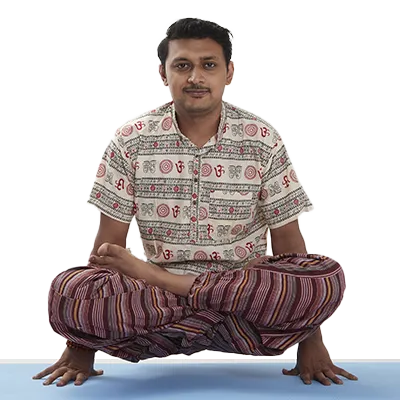
Chetan Rajput
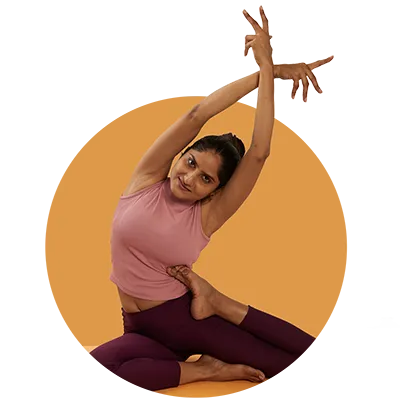
Renuka Chauhan
See what clients say about us... Google
Similar asanas to Markatasana
If you find Markatasana (Spinal Twist Pose) beneficial and are looking to explore similar asanas that focus on spinal twists and flexibility, here are several yoga poses you might enjoy:
- Supta Matsyendrasana (Supine Spinal Twist): Similar to Markatasana, this involves lying on your back and twisting your spine by bringing your knees to one side while turning your head to the opposite side. It’s great for releasing tension in the lower back.
- Ardha Matsyendrasana (Half Lord of the Fishes Pose): A seated twist that not only stretches the spine but also tones the belly. This pose is more intense than Markatasana and is excellent for improving spinal flexibility and digestion.
- Bharadvajasana (Bharadvaja’s Twist): This is a gentle seated spinal twist that is great for beginners. It helps in stretching the spine and massaging the abdominal organs.
- Marichyasana (Marichi’s Pose): Named after the sage Marichi, this seated twist involves one leg extended and the other bent with a twist across the bent knee. It’s beneficial for the spine and the digestive system.
- Parivrtta Trikonasana (Revolved Triangle Pose): This standing pose combines a twist with a forward bend, offering an intense stretch to the spine, legs, and hips, while also challenging your balance.
- Parivrtta Parsvakonasana (Revolved Side Angle Pose): Another standing pose that involves a deep twist with a lunge. It strengthens and stretches the legs and hips while improving spinal flexibility.
- Jathara Parivartanasana (Belly Twist): Similar to Markatasana, this involves lying on your back and twisting the legs to one side. The arms are stretched out to the sides, and the gaze is turned opposite to the legs, intensifying the spinal twist.
- Setu Bandhasana (Bridge Pose): While not a twist, this pose is excellent for spinal health. It’s a backbend that strengthens the back muscles and increases spinal flexibility.
- Balasana (Child’s Pose): After practicing twists, it’s good to neutralize the spine with Balasana. This resting pose gently stretches the back and is a great way to relax the spine.
- Paschimottanasana (Seated Forward Bend): This forward bend complements spinal twists by stretching the spine in the opposite direction, promoting overall spinal health and flexibility.
When practicing these asanas, remember to maintain a focus on controlled, deep breathing, and move into and out of the poses gently. Always listen to your body, and avoid pushing yourself into pain or discomfort. For beginners or those with specific health concerns, it’s recommended to practice under the guidance of a qualified yoga instructor.
Diseases cured by Markatasana:
Markatasana (Spinal Twist Pose) is known for its therapeutic benefits and can aid in alleviating symptoms of various conditions when practiced regularly and correctly. However, it’s important to note that while yoga can be a beneficial complement to medical treatment, it’s not a substitute for professional healthcare. Here are some conditions that Markatasana may help alleviate:
- Back Pain: Regular practice can help alleviate lower back pain and stiffness by stretching and strengthening back muscles and improving spinal flexibility.
- Sciatica: The gentle twisting motion can provide relief from sciatic pain by creating space and reducing nerve compression.
- Digestive Disorders: The twisting action massages the abdominal organs, improving the functioning of the digestive system and helping with conditions like constipation, indigestion, and bloating.
- Stress and Anxiety: The pose promotes relaxation and can help calm the mind, reducing symptoms of stress and anxiety.
- Insomnia: By promoting relaxation and reducing stress, the pose can contribute to better sleep patterns and help combat insomnia.
- Menstrual Discomfort: Gentle twists can alleviate symptoms of menstrual discomfort such as cramping and bloating.
- Poor Circulation: The twist in the torso can help stimulate blood circulation, improving overall cardiovascular health.
- Fatigue: Markatasana can help in rejuvenating the body and mind, reducing feelings of fatigue and lethargy.
While Markatasana offers these benefits, it’s crucial to practice the pose correctly and within your own limits. If you’re dealing with a specific health condition, consult with a healthcare professional or a knowledgeable yoga instructor to ensure that your practice is safe and beneficial for your individual situation.
Frequently Asked Questions – FAQs about Markatasana (Monkey Spinal Twist Pose)
Various Yoga services that we offer in Gurgaon
